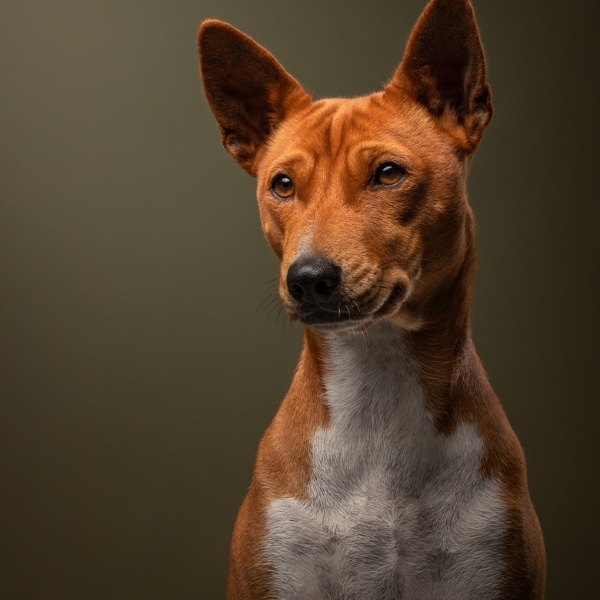
Pregnant Turtle. Female turtles are able to retain sperm in their Fallopian tubes for up to three years, which can be used for different clutches of eggs. A single clutch of eggs can also have multiple fathers.
Pregnancy varies widely throughout the animal kingdom, as these incredible x-rays reveal. Whether laying eggs or bearing litters, they prove that the miracle of life remains fascinating. A peek at x-rays of these pregnant animals, from the familiar cat and dog to the exotic Langur Monkey, gives us a glimpse at how similar (or not) animal pregnancy is to our own.
For instance, did you know that hundreds of pregnant bats form their own maternal colonies? Or that turtles can produce eggs from a mating session three years prior? Let's look at some wild x-rays and learn a bit about what makes each animal's pregnancy unique.

Pregnant Francois Langur Monkey. Image via Taronga Zoo.

Pregnant Cat. Female cats can get pregnant from about 4 months of age if not sterilized. At about 45 days into pregnancy, the kittens' skeletons will have formed enough to show up via x-ray.

Pregnant Snake. Depending on the species, snakes can either lay eggs or carry out live births, as shown above. A female copperhead, for instance, can bear litters of two to ten snakes and can store sperm for extended periods of time. So, if mating occurs in the fall, sperm will be stored and gestation will begin after hibernation.

Pregnant Dog. Like people, dogs are pregnant for three trimesters—each 21 days long. Around 45 days it's possible for an x-ray to determine how many puppies will be part of the litter.

Pregnant Tree Skink. Most species of tree skink, including this one, are live bearing. Can you spot the three small babies inside the mother?

Pregnant Bat. Bats are considered some of the slowest reproducing animals in the world. Females will produce just one offspring at a time and pregnant bats may group together to form a large maternal colony within the main group.

Pregnant Kiwi. Wild females lay their eggs at around 3-5 years of age. The egg, when laid, is six times as large as one would estimate for a bird its size—taking up 20% of its mother's body.

Pregnant Chinchilla. Just a few hours after the kits are born, they are able to open their eyes and begin walking.

Pregnant Racoon. Pregnancy typically lasts for 63 days, with 4 to 5 kits to a litter. The kits begin to open their eyes about 3 weeks after birth.

Pregnant Guinea Pig. Female guinea pigs become sexually mature at 2 months old, yet breeding after 8 months of age can be dangerous, due to the normal stiffening of cartilage between pubic bones that occurs in adults.

Pregnant Muntjac Deer. Pregnancy lasts about 230 days and mothers can breed again within a few days of birth, which helps the species maintain its population level.
via [So Bad So Good, Buzzfeed]






















































































